Today (13 days), the State Administration of Cultural Heritage held a meeting on the important progress of the "Archaeological China" major project in Qionghai, Hainan, to report the new archaeological achievements of the No.1 and No.2 shipwrecks on the northwest slope of the South China Sea.
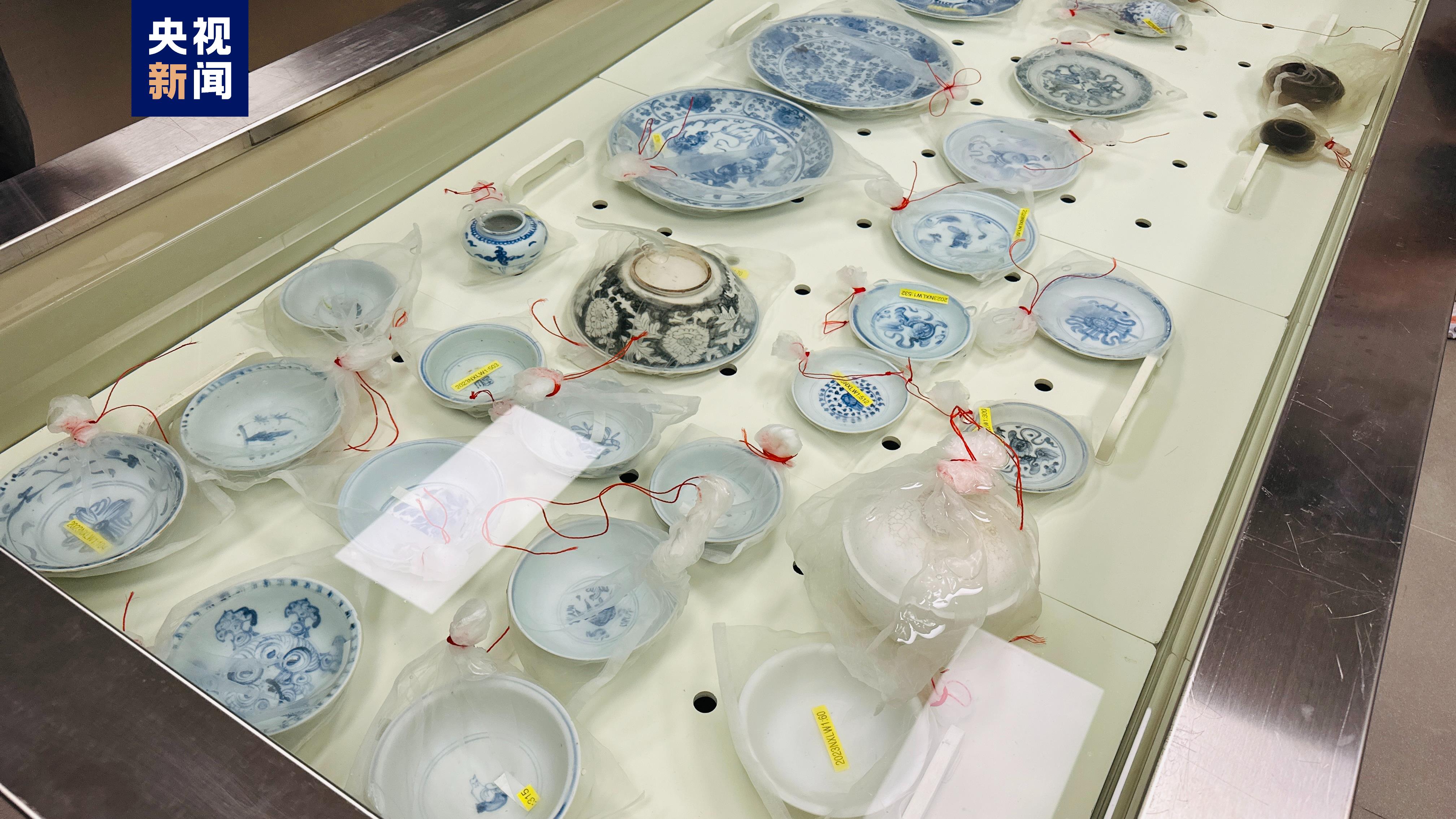
According to the State Administration of Cultural Heritage, from May 2023 to June 2024, the Archaeological Research Center of the State Administration of Cultural Heritage, the Institute of Deep Sea Science and Engineering of the Chinese Academy of Sciences, and the South China Sea Museum of China (Hainan) jointly carried out three stages of underwater archaeological surveys on the sinking ships No.1 and No.2 on the northwest slope of the South China Sea using the "Deep Sea Warrior" manned submersible.
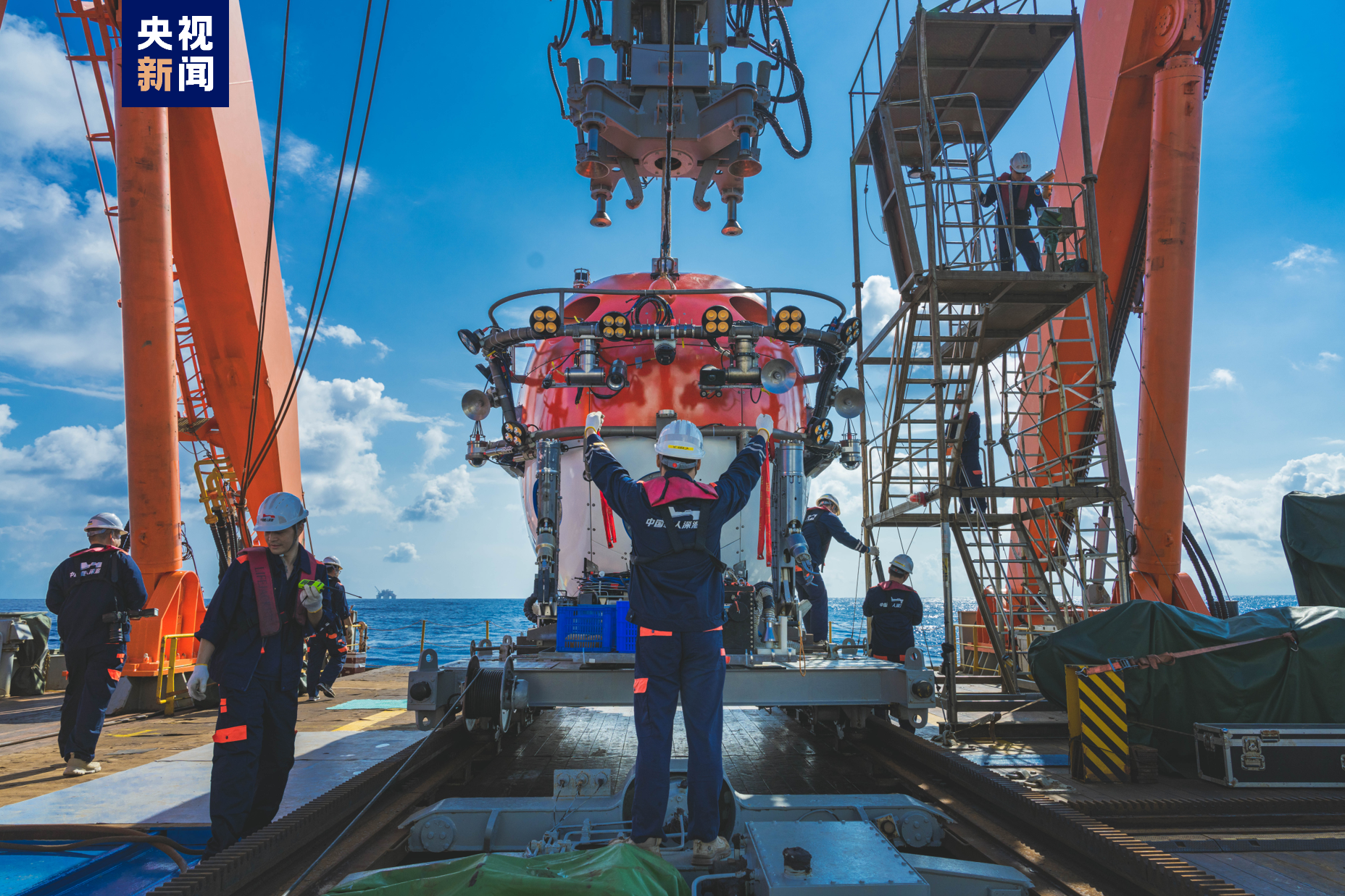
△ Manned submersible deployment
It is understood that the number one and two sunken ships on the northwest slope of the South China Sea were found in October 2022. They are located at the bottom of the South China Sea between Hainan Island and the Xisha Islands. The depth of the site is about 1500 meters. The two sunken ships were respectively in the Zhengde and Hongzhi years of the Ming Dynasty.
It has been confirmed that:
The No.1 shipwreck site consists of a core area, a ring area and a strip area. Among them, the core area is about 37 meters long and 11 meters wide, and the difference between the highest and lowest parts is about 3 meters. It is composed of the hull and a large number of porcelain, bronze, bamboo and wood wares stacked orderly. The number of remains of the No.1 sunken ship exceeded 100000.
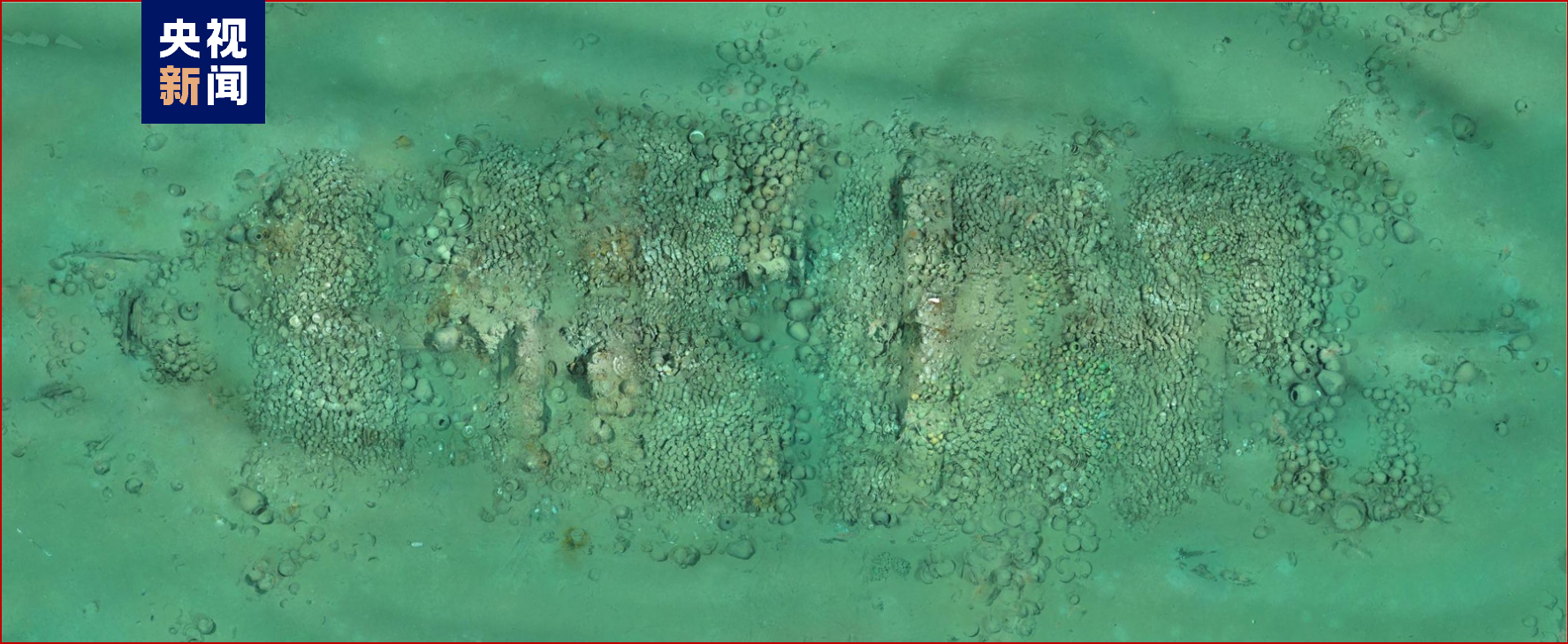
△ Photo mosaic of the core area of No.1 sunken ship
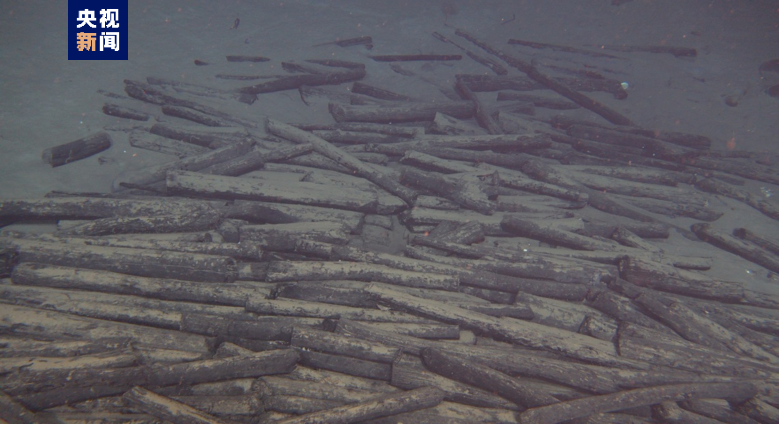
△ Accumulation of remains of No. 2 sunken ship
The No. 2 shipwreck site consists of the core area and scattered areas. Among them, the core area is about 21 meters long from north to south and about 8 meters wide from east to west. The relics are mainly logs.
During the survey, 928 sets of water pottery, porcelain, logs and other cultural relics were extracted, and some of the porcelains were provided with "Fu", "Zheng", "Taiping", "Wu Wen made by himself" and other deposits.
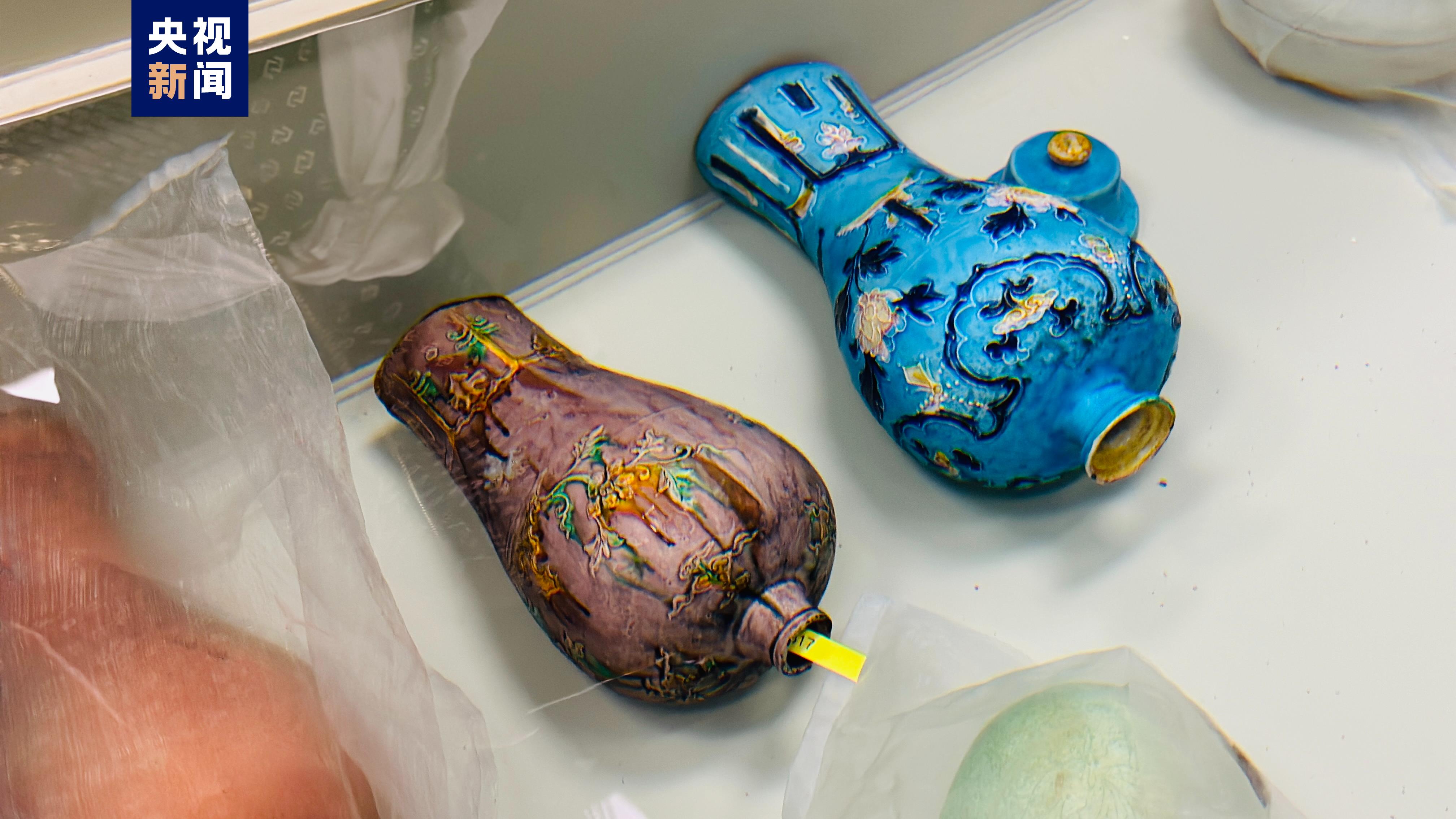
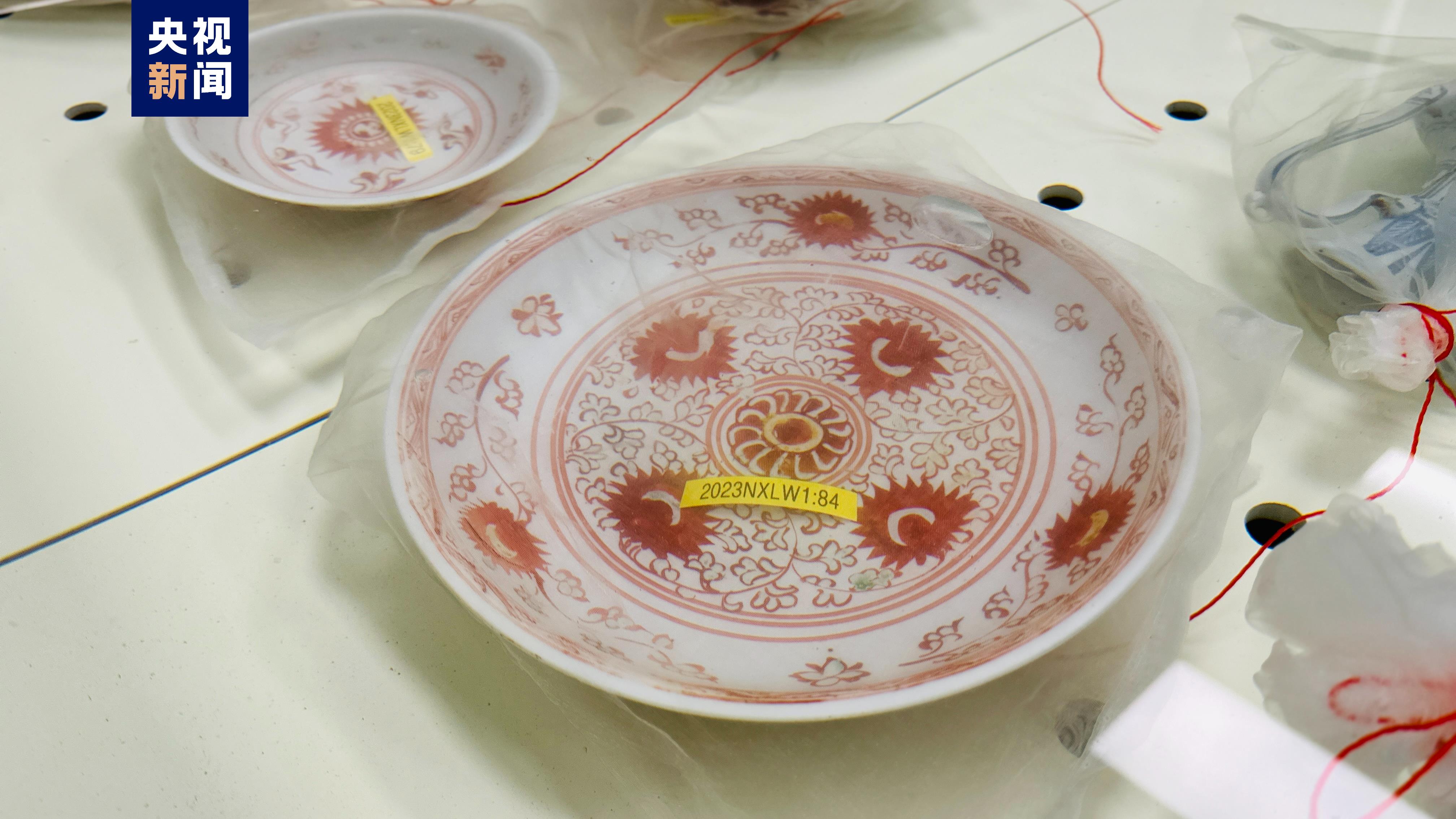
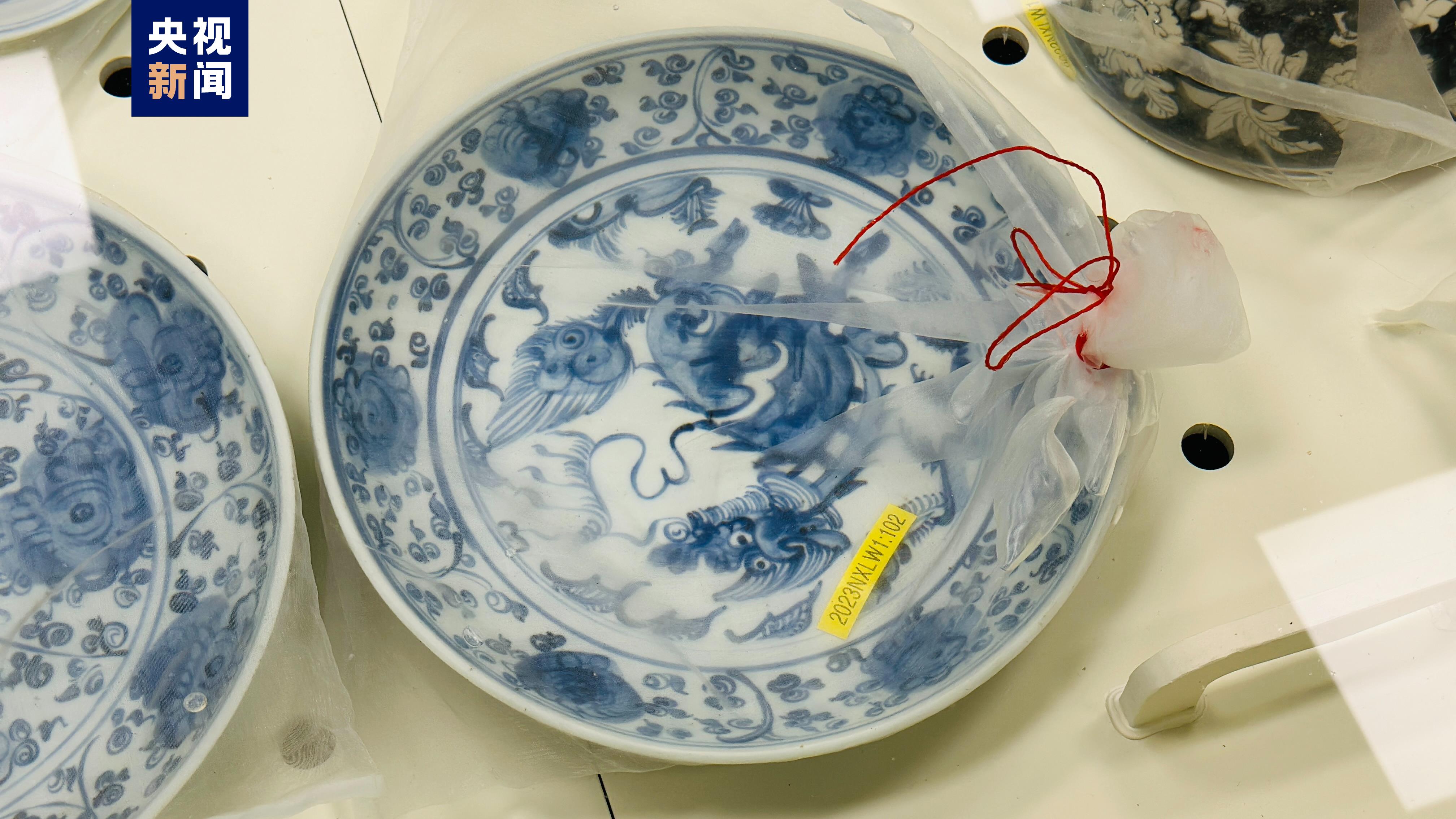
Guan Qiang, deputy director of the State Administration of Cultural Heritage, said that the ruins of shipwrecks No. 1 and No. 2 on the northwest slope of the South China Sea are relatively well preserved, with a large number of cultural relics and a relatively clear age. They are major discoveries of deep-sea archaeology in China, demonstrate the historical facts of Chinese ancestors' development, utilization and exchanges in the South China Sea, and reproduce the prosperous scene of maritime trade in the mid Ming Dynasty, It is an important witness of China's ancient maritime silk road trade exchanges and cultural exchanges. The underwater archaeological work of the No.1 and No.2 sunken ships on the northwest slope of the South China Sea marks an important milestone in China's underwater archaeology from offshore to deep and distant seas.
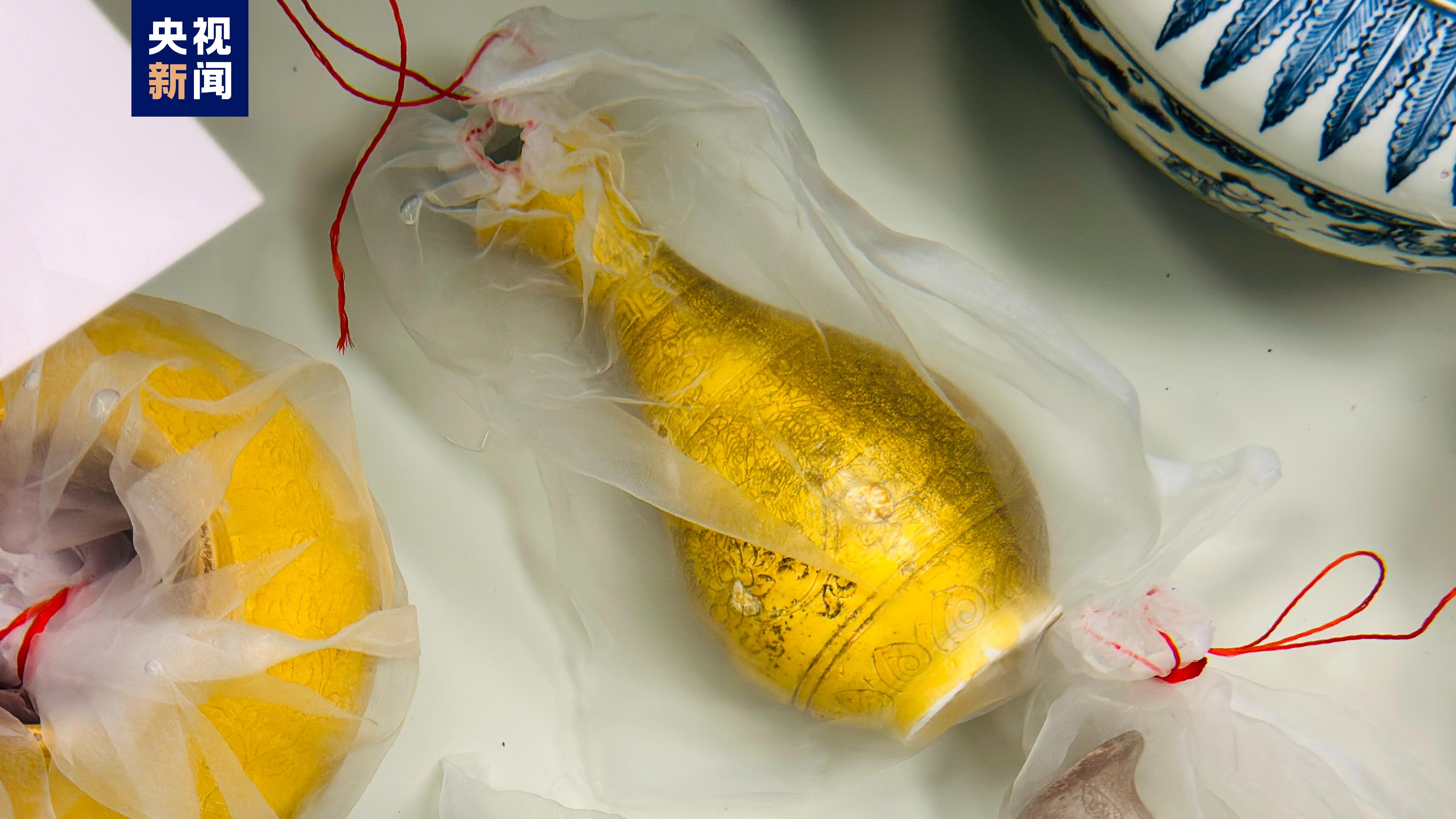
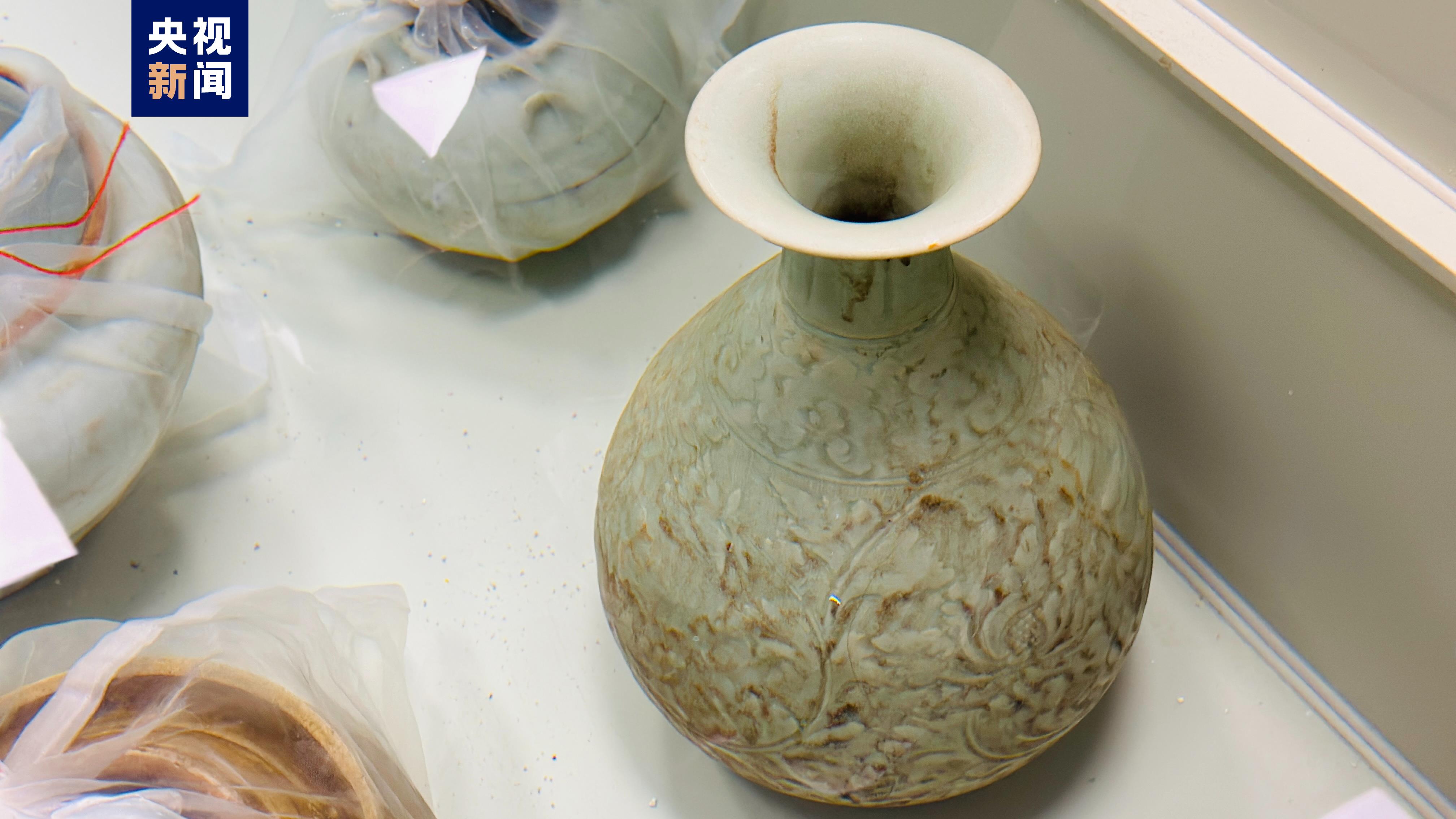
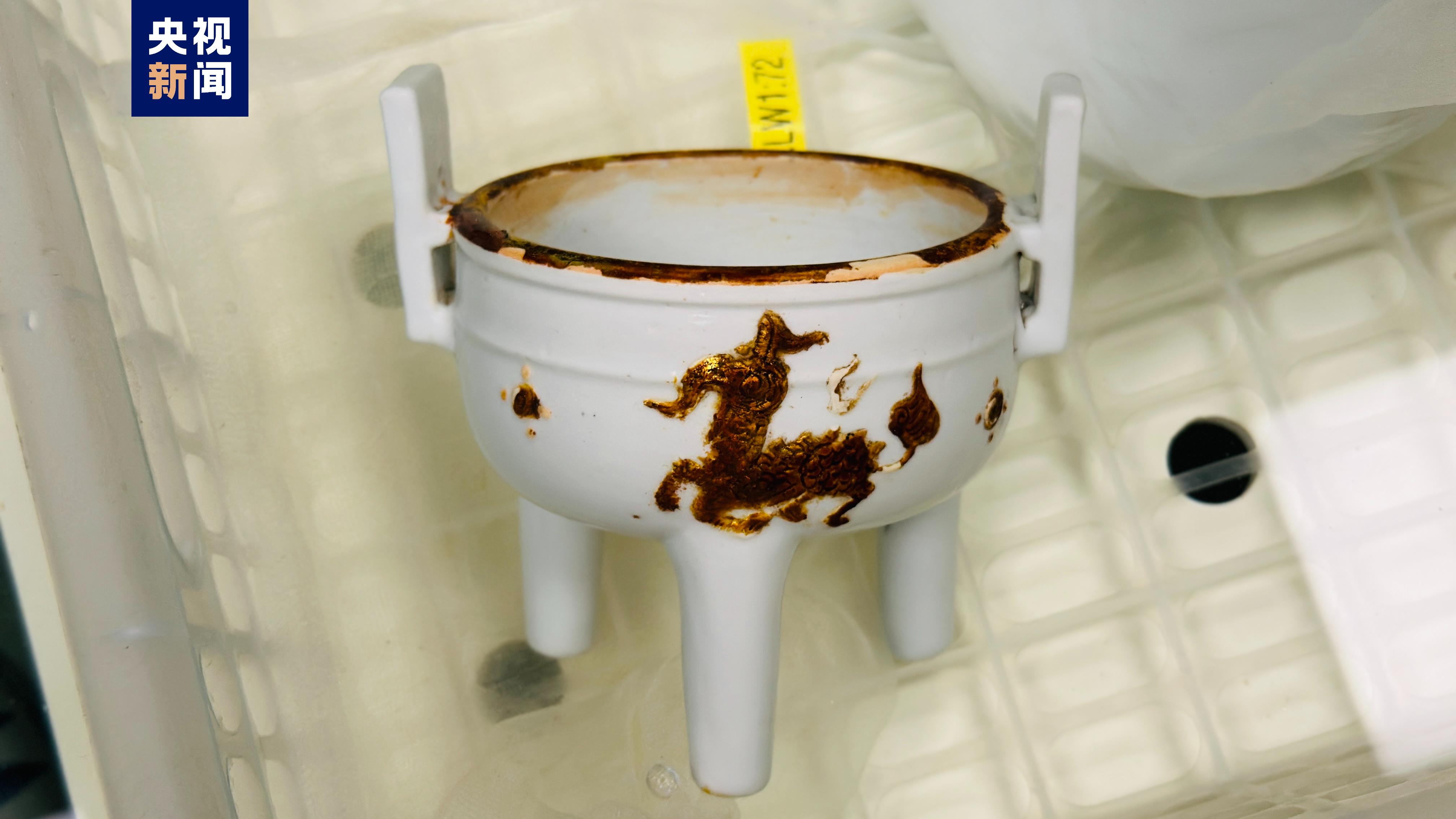
This deep-sea archaeological survey of the No.1 and No.2 shipwrecks on the northwest slope of the South China Sea has applied a variety of deep-sea technologies and equipment for the first time. For example, the long baseline positioning system improves the precision of positioning navigation and position annotation; The three-dimensional laser scanner and high-definition camera were used to complete the panoramic photography stitching and three-dimensional laser scanning of the distribution area of the shipwreck site; The submersible flexible manipulator was used to extract cultural relics, and a large number of samples of seabed sediments, bottom seawater, marine organisms, etc. were collected; In particular, the combination of manned submersible and unmanned submersible is used to explore a set of paths and models for China's deep-sea archaeological survey.
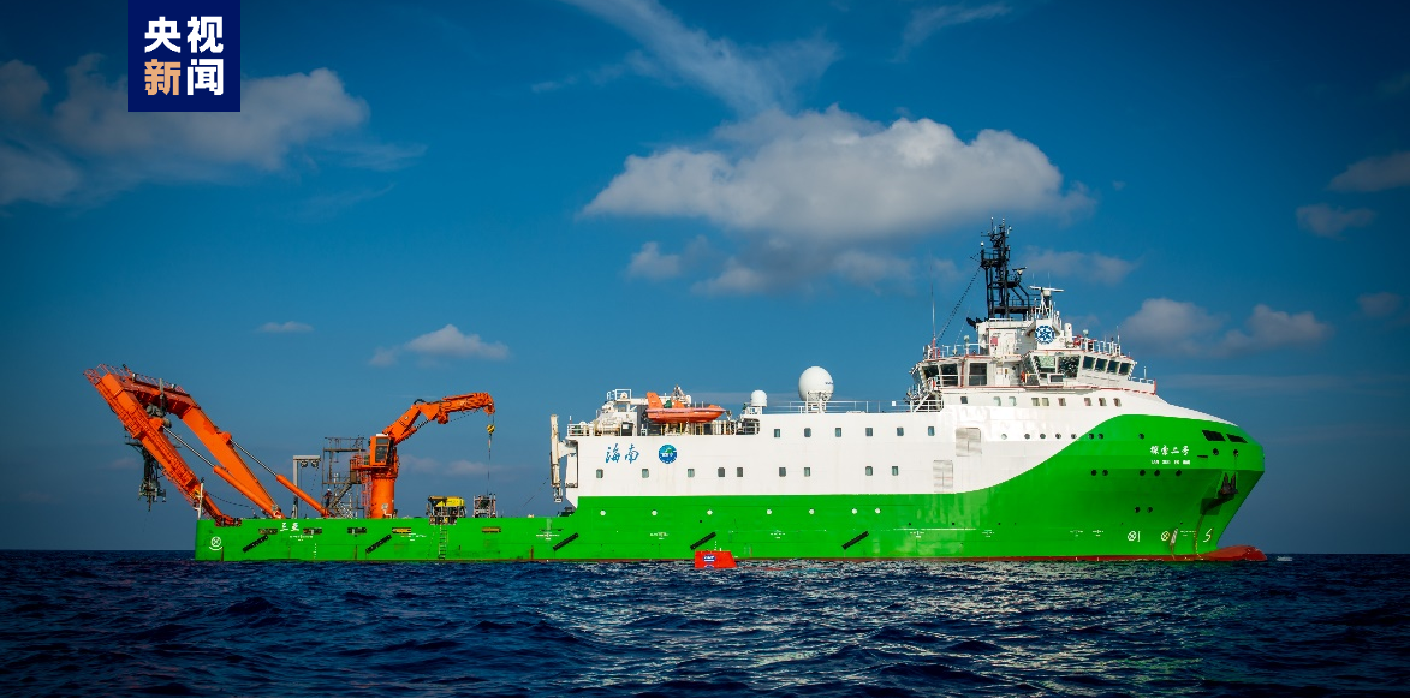
△ Exploration-2 scientific research ship
(CCTV reporter Tian Yunhua and Zhang Lilei)





















